If you want a beautiful garden full of tulips, daffodils and other bulbs in spring, you need to plant them now in the fall. Many bulbs require a cold period (winter) before they can bloom. Therefore, as you remove your summer annuals, take a moment to dig a little deeper and add your bulbs.
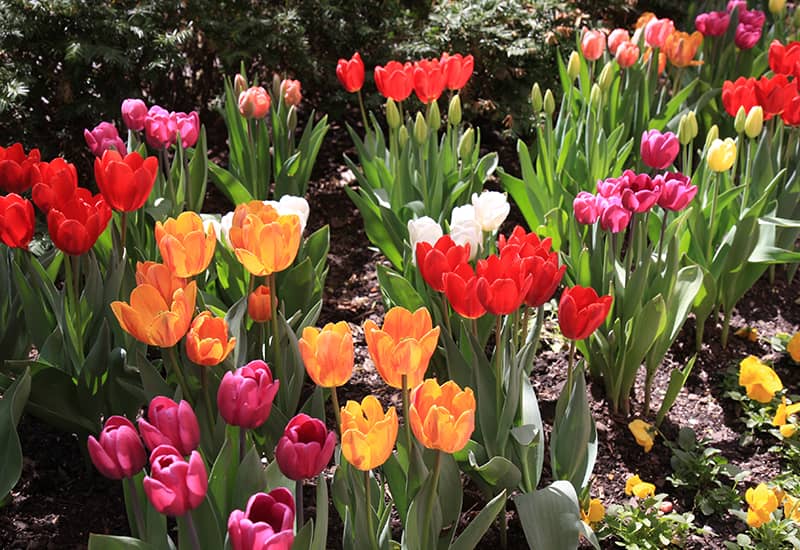
Where to Plant?
Plant bulbs where you will enjoy seeing them in the spring. For example, consider garden beds in front of your house or outside the kitchen window. Another option is to plant in a hidden spot that you can use as a cutting garden. This way, you’ll always have your own little stash to cut from and enjoy indoors.
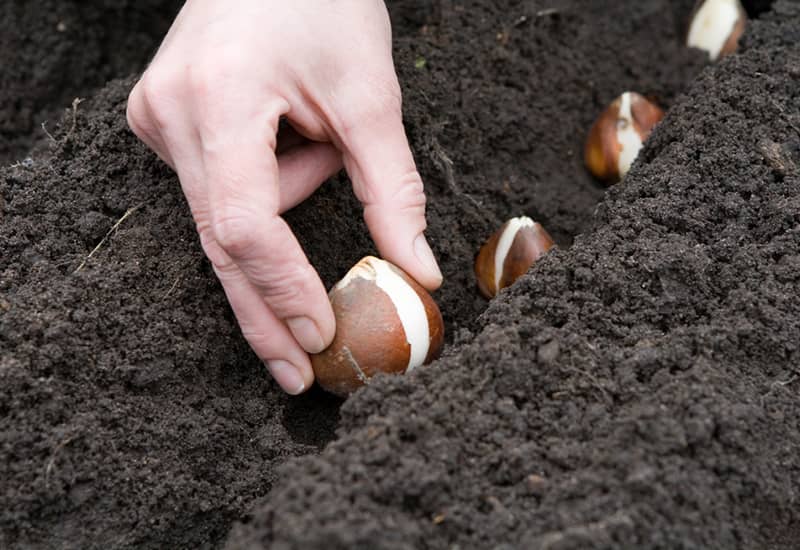
How Deep?
The depth at which you should plant your bulb depends entirely on the bulb. Always read each package carefully and use a bulb planter or measuring tape to check the depth. As a general rule of thumb, plant bulbs twice as deep as their size.
Regina Morrow, Hicks Nurseries’ garden care buyer, suggests you plant bulbs in the same manner you would layer a lasagna. She explains, “The idea is that larger bulbs are planted deeper, with smaller ones layered above. In this way, snowdrops and crocus can start the show, hyacinths or daffodils taking over as they fade, and finally alliums provide an explosion of color that blends with perennials as they start to wake up.”
Bulb Planting Tips
- First, read the package. Every type of bulb has a specific planting depth.
- Next, plant bulbs with the pointy end facing up.
- Finally, fertilize with a bulb fertilizer at planting time and again in early spring.
Selection
Gone are the days of only planting red tulips and yellow daffodils. Today, you’ll find a huge selection of colors, shapes, and sizes. Because of that variety, now is the perfect time to dream up your spring garden and get your bulbs into the ground before winter sets in. Try something new – there are literally hundreds of options. Ultimately, you are limited only by your imagination.
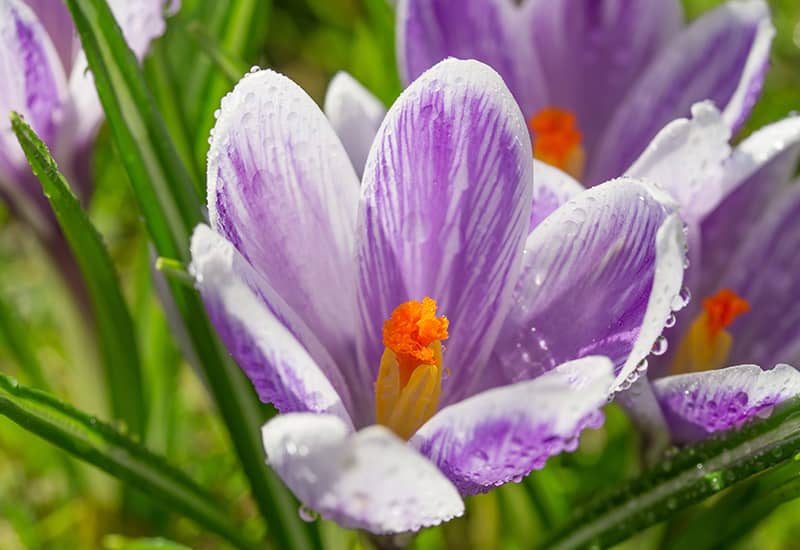
Crocus bloom in early spring and are a great option for those who prefer a more natural look to their garden, as they tend to multiply rapidly and grow in almost any garden location.
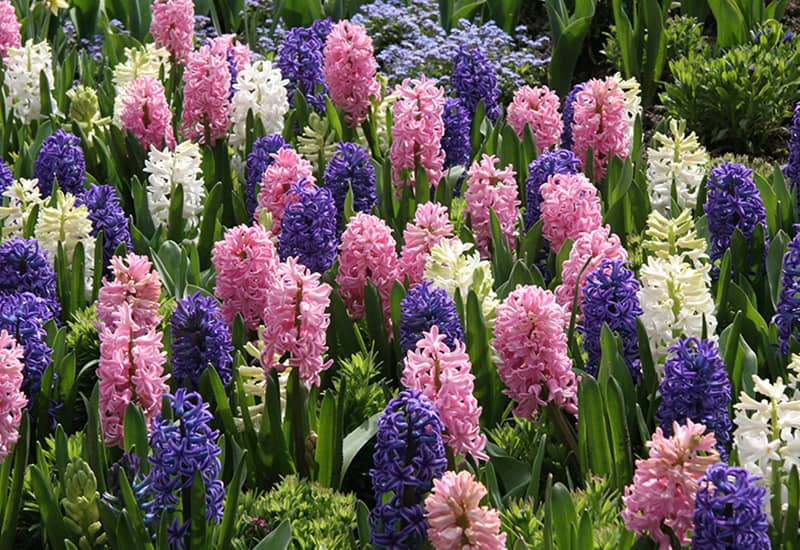
Hyacinth are known for their rich fragrance, making them a great option for along a walkway or near an entryway.
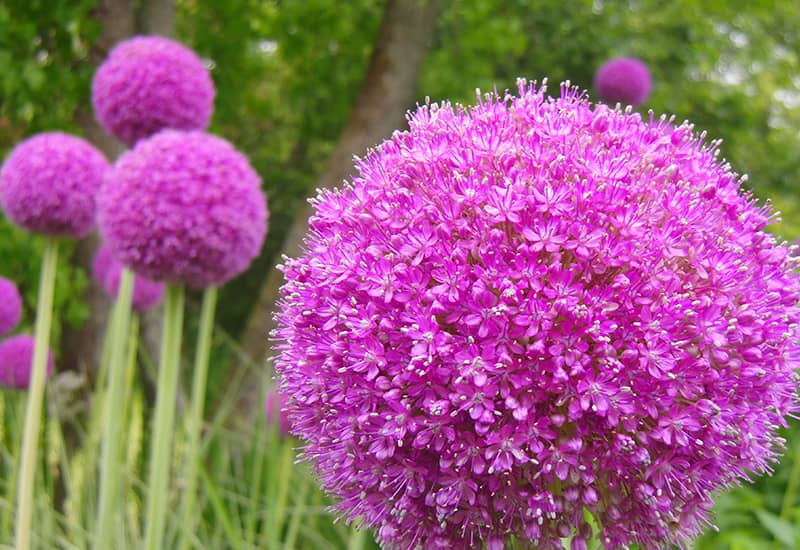
Allium are giant balls of purple flowers that bloom atop tall green stalks. Not only do they make a great cut flower they also give a whimsical feel to the garden.
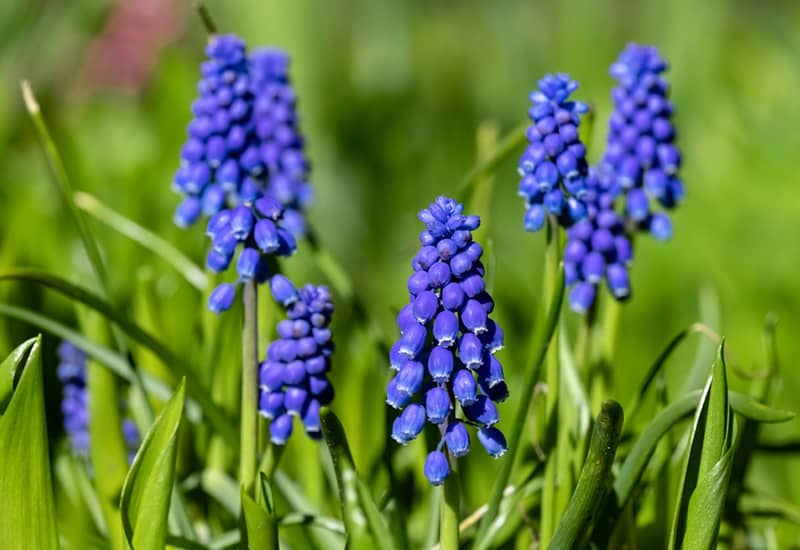
Purple Muscari also known as grape hyacinth, bloom for a long time in the garden and look really striking when planted with pink tulips or yellow daffodils.
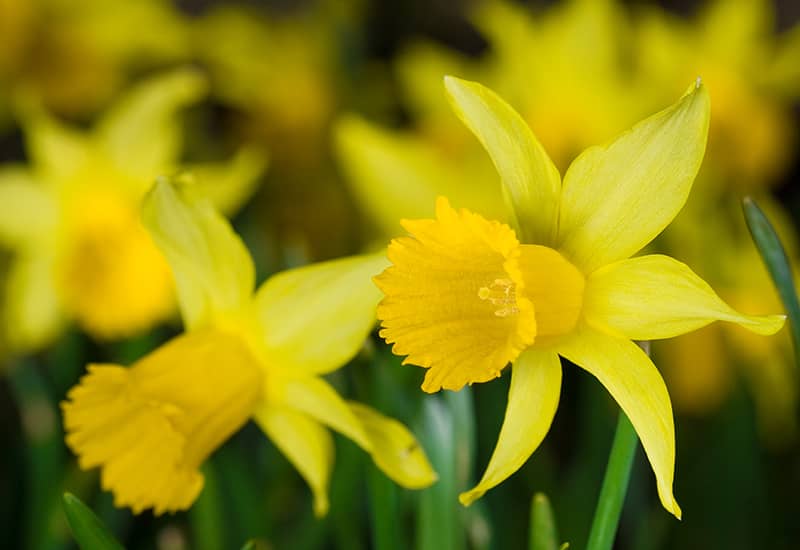
Daffodils are more popular than ever. In addition to the traditional colors and varieties, now you can find double flowering hybrid varieties.
